SPG written interview: Dr Chloe Bellamy
The Scottish Policy Group (SPG) are Celebrating 10 Years! As part of our virtual celebrations were doing a series of blogs spotlighting the members of the SPG Committee. Up next is Dr Chloe Bellamy who works at Forrest Research in Scotland.
Check out Chloe’s written interview below…
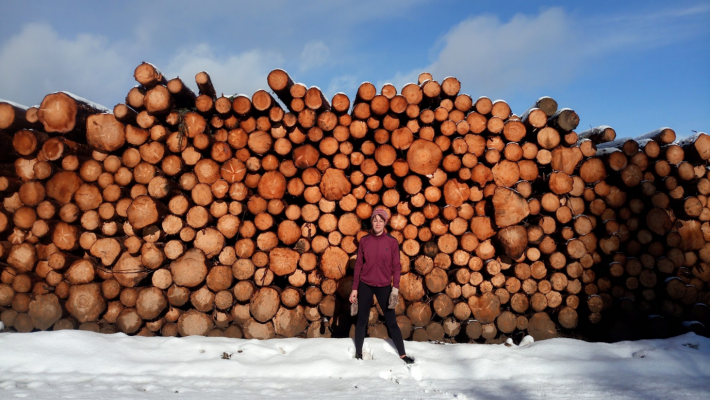
Tell us about yourself?
I’m Chloe and I work at Forest Research as a Spatial Scientist. I have always been passionate about natural history and decided to do Zoology at Edinburgh for my undergraduate. After that, I applied for a PhD at Leeds University studying bat habitat associations with Prof. John Altringham. It’s during this time that I started to learn and apply spatial analysis, GIS and landscape ecology skills and principles – which set me off on the career path I’m on today. I went on to co-develop an ecosystem services mapping toolkit, EcoServ-GIS (recently translated into EcoServR by Liverpool John Moores University) at Durham Wildlife Trust. It was during an International Association for Landscape Ecologists UK conference on ecosystem services that I met some of my future Land Use and Ecosystem Services research group colleagues at Forest Research. They invited me to talk to them about the work I’ve been doing EcoServ-GIS. We kept in touch and I went on to take on the role I’m in now! Outside of work, I’m a keen wild swimmer (although lockdown has restricted my swim trips recently!) and dressmaker.
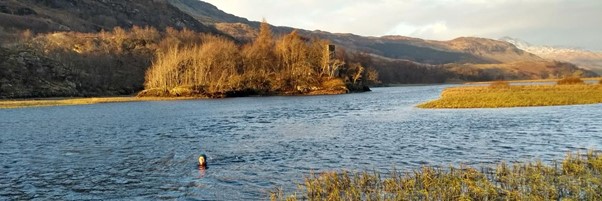
Tell us about your research/work and how that might intersect with policy?
My research has always had a strong applied element to it. I am passionate about providing information and recommendations to policy and practice that are underpinned by robust science. My current role involves the use of spatial data analysis to inform decisions regarding how we should manage and monitor our forests and other habitats to ensure they provide us with a range of benefits – from carbon storage and timber to recreation opportunities and biodiversity. This type of landscape ecology research is integral to informing landscape decisions and policies because, by their nature, they have a spatial component to them. For example, f It is important that these changes are not only effective in meeting net zero carbon obligations, but that they also secure wider, ‘cross-cutting’ benefits to people and biodiversity.
What does a usual day look like?
Unfortunately, my role doesn’t involve any field work and so I’m usually sat at my computer for the majority of the working day! I try to make it outside at least once a day to get away from my desk and socialise. I usually work from our Edinburgh offices, which are close to the Pentland Hills and provide plenty of opportunities for beautiful lunchtime walks and weekly sunrise or sunset swims at Gladhouse Reservoir with colleagues. The COVID situation means I currently work from home, but I’m lucky to live close to the Union Canal, Harrison Park and Easter Craiglockhart nature reserve!
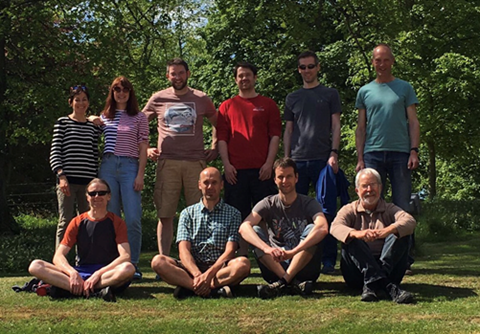
What has changed the most in your field since you have started working?
There have been some amazing technological advances recently that, especially when used in combination, have revolutionized landscape ecology research. Looking back at my PhD, which I finished ten years ago, I can see that so much of the technology I used has moved along in leaps and bounds. From the development of increasingly minute sensors for tracking animal movements and the advancement of remote sensing technology, to the application of machine learning to predicting everything from bat species call identification to mapping trees outside of woodlands. These types of advancements alongside open source movements that help to improve and democratise access to data, code and tools, mean that we can capture and analyse data over increasingly larger temporal and spatial scales.
I also feel that women are now much better represented in the forestry sector since I started, but we still have a long way to go regarding racial equality across forestry and ecology.
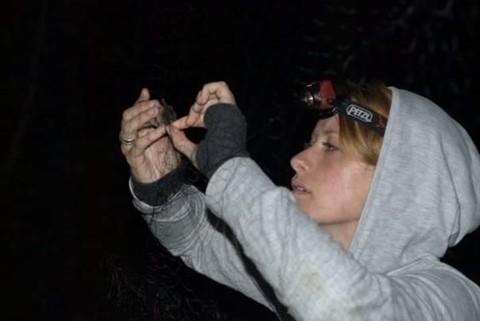
Do you have any great stories about field work? Do you have any #FieldWorkFails?
My PhD field work involved spending most summer nights roaming the Lake District with a bat detector. I had 38 1 x 1 km field sites dotted across the southern Lakes, which covered a wide range of habitats and presented an interesting range of challenges to night time field work. This included climbing to the tops of fells, traversing bogs and lakes, penetrating dense coniferous plantations and making it across fields of bullocks without being trampled, all whilst clinging to field equipment and depending on my head torch beam to light the way. I had my fair share of #FieldWorkFails, including calling a friend in panic to ask whether bulls respond better to a soothing voice or a small stone to the head, as I cowered behind a dilapidated barn wall where a rather stocky bull had me cornered for over an hour. Although we sought permission from landowners, we would occasionally get stopped by the police or a concerned resident wanting to check we weren’t poachers or sheep rustlers. On one occasion we were asked if we were there to join the organised ghost hunt. Despite the many night time spooks and challenges, it was an amazing experience filled with many field work highs. I feel privileged to have spent three summers in such a beautiful location including highlights such as being surrounded by bats as we rowed across Coniston Water on a calm, moonlit night and hearing the chirp of a bat call through the detector at nearly 900 m a.s.l. at the top of Bowfell.
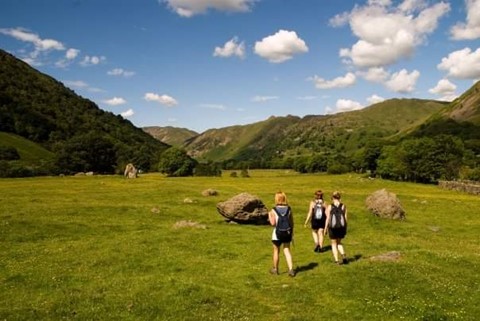
What is the most interesting place you have travelled to for work?
Despite the fact that these days I’m largely deskbound, I’m lucky enough to have travelled to some really interesting spots via my job at Forest Research, such as the Knoydart peninsula in Scotland to find out about their community owned and managed woodland and the Wolong District in China for a Giant panda research symposium.
What do you get out of being on the SPG Committee?
It provides me with a good overview of what is happening across all ecological fields and policy making in Scotland and the UK, which helps me to consider my research and forestry in this broader context. As well as keeping up to date with current issues, I also really enjoy the opportunities to meet and learn from people in other organisations and sectors. Finally, the committee is really friendly and welcoming, so it’s always nice to spend time with them. I’m looking forward to when we can meet up in person again, typically with cake or occasionally in the pub!
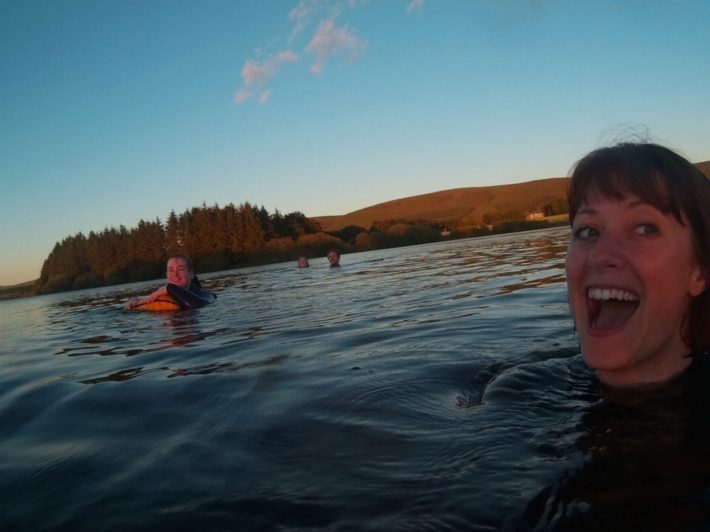
Tell us about what you are working on now?
I have recently been working some interesting projects with direct relevance to policy and practice. For example, I have been helping to run a project with my colleagues and our collaborators at Forestry and Land Scotland and Forestry England on developing a Biodiversity Index for the Public Forest Estate. This will help these forestry agencies understand and monitor how the biodiversity potential of their forest varies over time and space. I recently completed a project called ‘Putting UK Woodland Bats on the Map’ with Bat Conservation Trust to develop and trial a national citizen science field survey scheme and species distribution modelling framework. We are now working together on exploring integration of bat monitoring into the National Forest Inventory (NFI) survey. I have also been working with the NFI survey data via my post as Visiting Fellow at the University of Southampton on the SCALEFORES project, where I have been lucky to work with a great team of people including stats whiz Dr Rebecca Spake. We are now applying the analytical framework we developed for informing targeted management of natural capital to informing policy on development-free buffer zones around ancient woodlands with the Forestry Commission and DEFRA.
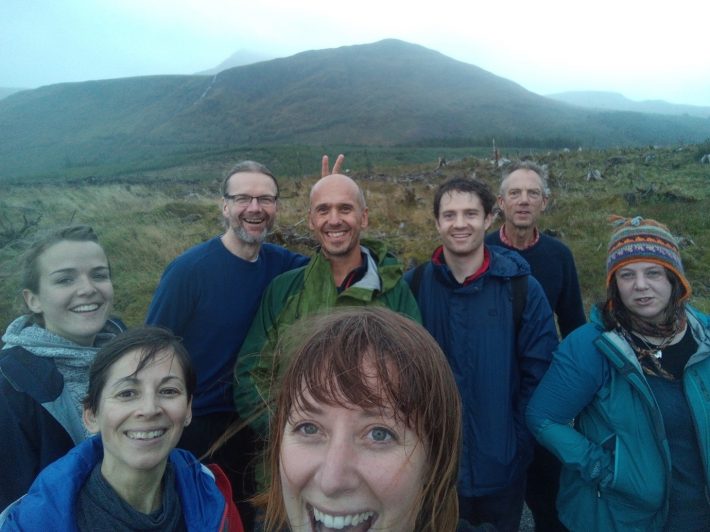
If you had to pick a favorite project you have worked with SPG, what would it be?
I love helping out with the pie and a pint nights because I think they work really well as a way to bring together scientists, policy makers and practitioners in an informal setting to discuss key issues. There’s something about the enticement of a pie and beer that gets people chatting more easily! Although we can’t offer these benefits while we run them online due to COVID restrictions, the upside is that more people can join us from across the country (and beyond).
Another great experience I was lucky enough to be offered via the SPG before I joined the committee was shadowing Roseanna Cunningham, Cabinet Secretary for Environment, Climate Change and Land Reform. It was fantastic to get firsthand experience of Scottish policy making and to gain an insight into how Holyrood operates. You can read more about my experience via this blog post and I would encourage others to keep an eye out for future opportunities via the SPG website and newsletter.
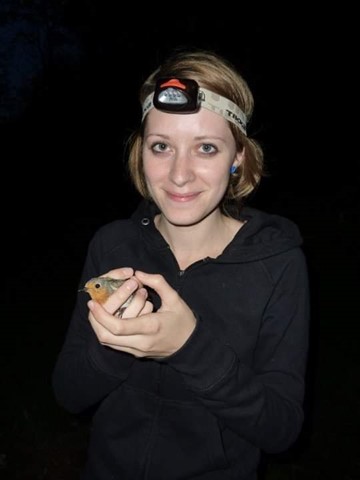
Like what we stand for?
Support our mission and help develop the next generation of ecologists by donating to the British Ecological Society.